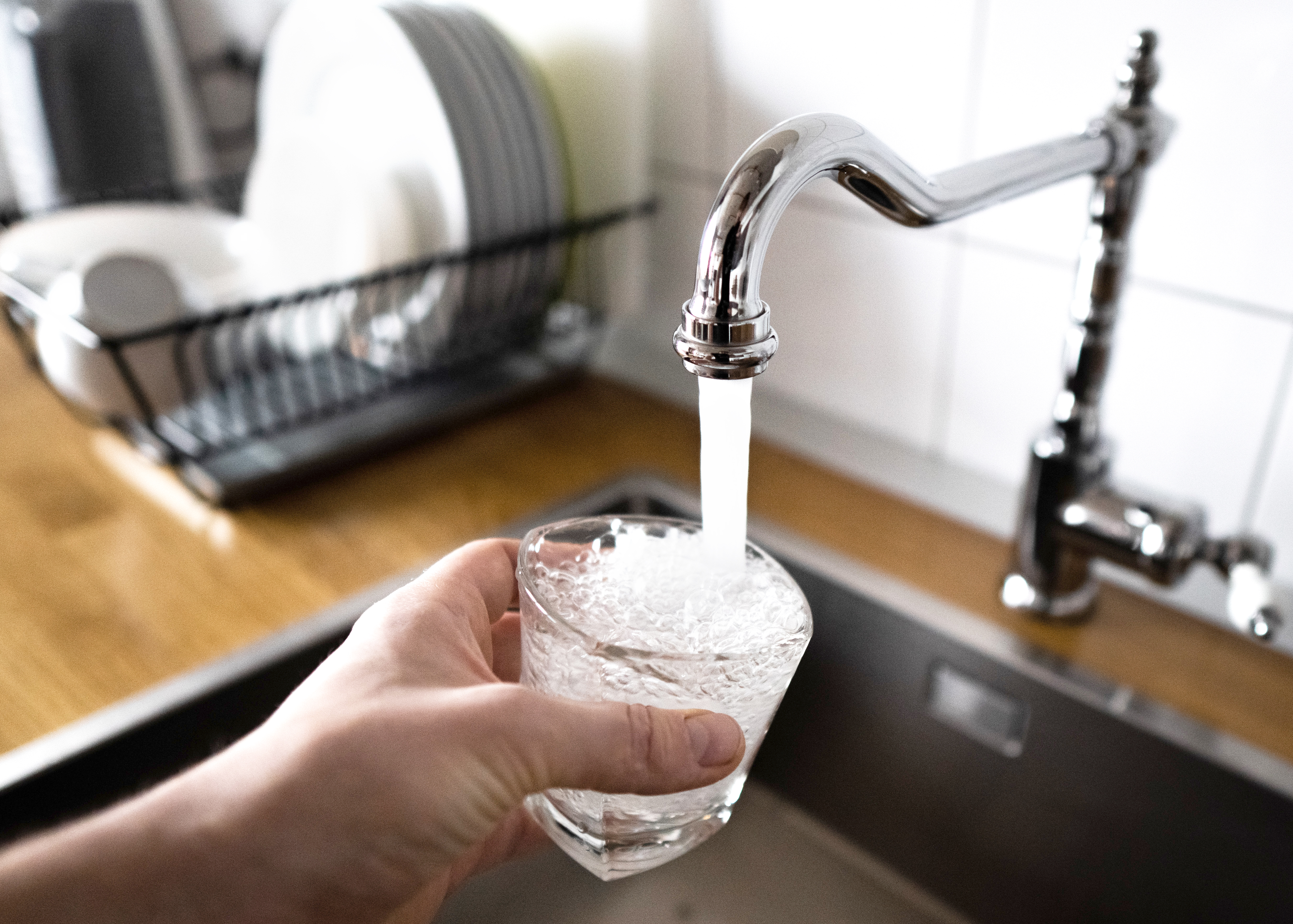
Learn how much plumbers cost in Columbus, Ohio. Discover pricing for faucet repairs, pipe work, and emergency services, plus how you can save money.
Get acquainted with this small-but-mighty outdoor plumbing fixture


Hose bibs are a popular kind of outdoor faucet.
You can turn the water on and off by twisting the hose bib’s handle.
Hose bibs have threaded ends where you can connect a garden hose.
There are several types of hose bibs, including freeze-proof and loose-key models.
If you need to install a new hose bib, it’s best to hire a professional.
If you’re in the market for a new outdoor faucet, you’ll almost certainly come across hose bibs—simple but powerful fixtures that let you tap into your home’s water supply while you’re outside. But what is a hose bib, exactly? And how does it work? Here’s everything you need to know about this type of outdoor spigot, including the various styles, costs, and alternatives.
Hose bibs (or hose bibbs) are one of the most common types of outdoor faucets available today. Also known as spigots, sillcocks, or outdoor taps, hose bibs are typically made of steel, brass, cast iron, or aluminum. They have a handle that you can twist to start and stop the flow of water, as well as a threaded spout where you can attach a garden hose or DIY sprinkler system.
From outside your house, you’ll only be able to see the hose bib’s handle and spout. But on the other side of your exterior wall, the faucet connects to a pipe that’s hooked up to your home’s main water supply.
Inside the hose bib, there’s a compression valve that opens to release water when you turn the handle. At this point, water will start to move through your indoor pipes, eventually coming out of your spigot. When you twist the hose bib’s handle the opposite way, the compression valve will close, and water will stop flowing out of the fixture.
If you need to cut off the water to your hose bib, you can do that by using your water shut-off valve. Depending on your climate and the type of faucet you have, this valve might be indoors or outdoors. For example, if you have a freeze-proof hose bib, the valve will be inside. But if you have an older spigot or home, it might be outside.

There are a few different types of hose bibs, each with pros and cons. Here’s how three of the most common kinds compare.
As the most simple hose bib style, standard hose bibs have a knob or handle that you rotate to control the flow of water. However, in cold climates, these spigots can freeze and burst during winter. To prevent this, it’s important to winterize your outdoor faucet before the chilly weather rolls in.
On the plus side, though, standard hose bibs are the most affordable type, so they’re a good option if you’re on a tight budget. You might also consider one if you live in a warmer climate with mild winters.
Freeze-proof hose bibs, also called frost-proof faucets, are similar to standard hose bibs—except they won’t freeze during the winter. As a result, they’re pricier than regular hose bibs.
At the top of a freeze-proof hose bib, an anti-siphon valve usually prevents dirty water from backing up into your home’s plumbing system. Freeze-proof hose bibs also have an indoor water shut-off valve and a supply pipe that slopes downward—two design features that protect against water freezing and bursting inside the pipe or faucet.
In many ways, loose-key hose bibs are similar to standard and freeze-proof hose bibs. All three types have a threaded connection and turn on and off with the twist of a handle. However, the handle on a loose-key hose bib is a removable key rather than a knob-style handle.
Because the faucet won’t work unless you have the key, this type of hose bib is good if you want control over who uses your spigot. Just make sure not to misplace the key; otherwise, you won’t be able to use the faucet, either.
Hoses bibs may be popular, but they aren’t the only type of outdoor faucet. Other options include:
Yard hydrants
Ball valves
Anti-siphon faucets
Outdoor sink, shower, and kitchen faucets
From average costs to expert advice, get all the answers you need to get your job done.

Learn how much plumbers cost in Columbus, Ohio. Discover pricing for faucet repairs, pipe work, and emergency services, plus how you can save money.

Learn about main water line repair costs in Columbus and what affects pricing to be prepared before you start getting estimates.

Discover the leading factors affecting your main water line replacement cost in Columbus, including length, material selection, and installation details.

An undermount sink can create a sleek, seamless aesthetic for your kitchen sink. Use this guide to learn how you can replace and install your undermount sink.

Looking for the best kitchen sink materials? We’ve got you covered. Here’s a comprehensive list of kitchen sink materials and how they measure up.

Cutting pipes can be easy, but this job requires some safety measures. Learn how to cut metal pipes quickly and safely for any plumbing project.